I am the first to admit that I don’t know much about formal fashion vocabulary. The benefit of having my blog is that I get to learn and educate others along the way! You’d have to be living under a rock to miss out on this trend alert: luxe textures like velvet, velveteen & velour are in! The question is do you really know which is which? Because the three fabrics share the common element of a cut pile, it’s often easy to mix them up. They actually have unique characteristics, and once you understand the differences you can actually tell them apart.
So are you ready to learn about the difference between velvet, velveteen & velour? Here goes!
With the help of technology, there have been lots of advancements made in the development of textile. As a result, these developments have blurred the lines of what these textiles should formally contain. Even with my research, I am having a hard time truly distinguishing the three, but I have done my best to take away the most important characteristics that define each category. Let’s start with some technical descriptions.
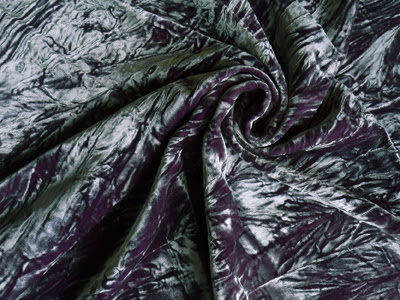 Velvet:
Velvet:
Velvet is woven, cut, crushed; made primarily from polyester, rayon and silk as well as blends of the three; more luxurious. Velvet pile is a bit longer than velour or velveteen with the desired effect of a standing pile.
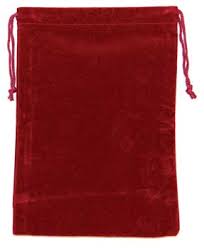 Velveteen:
Velveteen:
Velveteen is woven, closely set short pile, never more than 3 mm deep; made generally from cotton, or cotton and silk; is essentially “faux velvet” and drapes less well than velvet. It tends to be stiffer with a hard pile that lies flat (similar to corduroy).
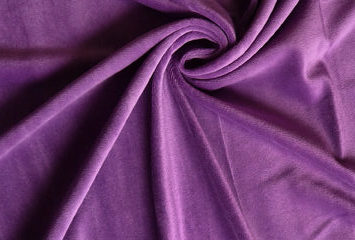 Velour:
Velour:
Velour is quite plush, dense and always knit; like velveteen, is typically a cotton-blend textile; drapes similar to velvet. It is known to be a stretchy fabric. The pile is typically midway between velvet (the longest) and velveteen (the shortest).
So how can you feel the difference between velvet and velour?
- Velvet has more shine than velour
- Velvet is not stretchy, like velour
- Velvet is thicker than velour
- Velvet looks more “expensive” than velour.
.. Therefore I love it more! hahaha
I hope this post was helpful for you to tell the difference between velvet, velveteen & velour!

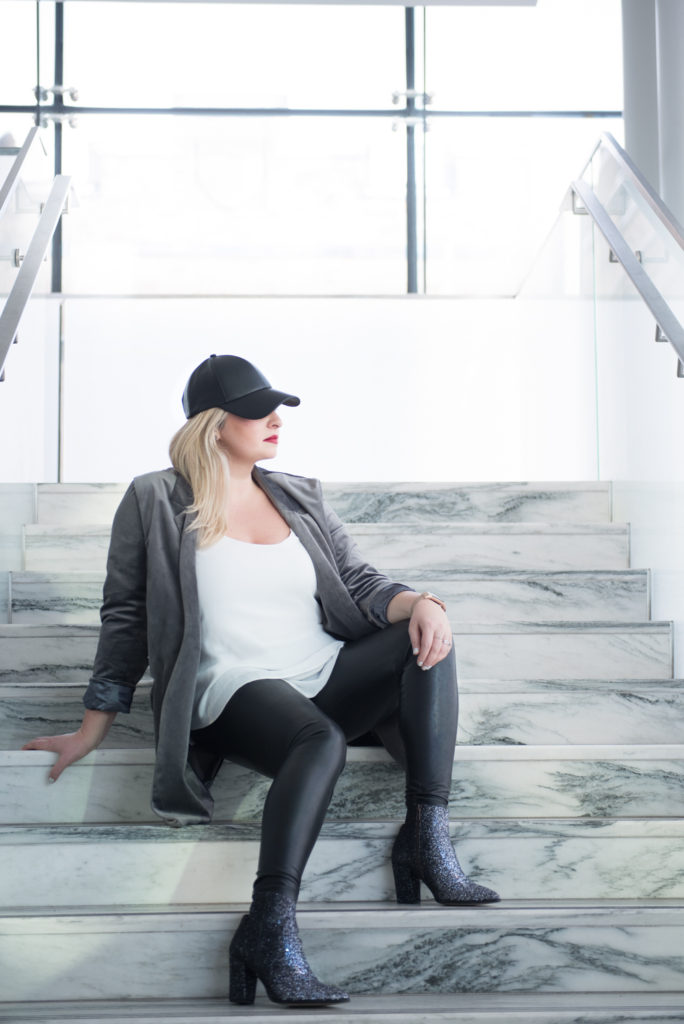

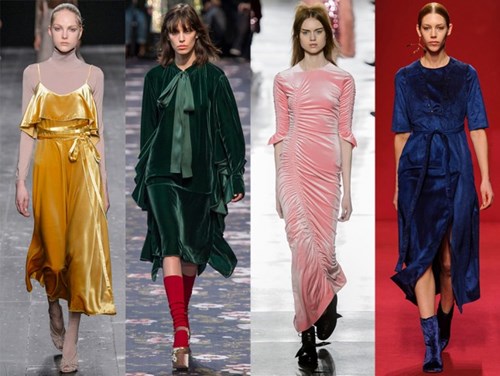
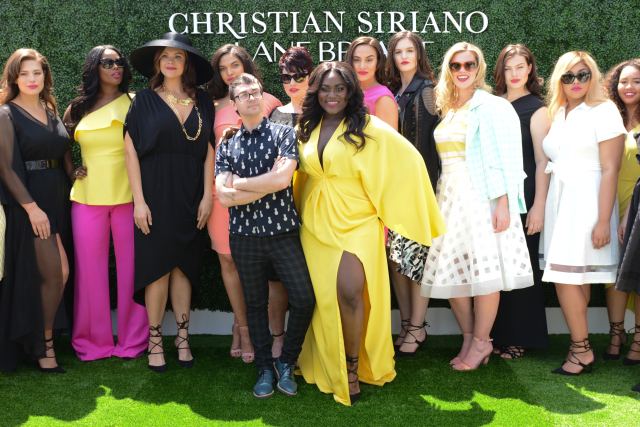

4 comments
You supplied pictures of women in the different fabrics but did not say which is which. Could you please tell me which fabric is each color?
What I want to know is why I should care? I mean, not to say that what youve got to say isnt important, but I mean, its so generic. Everyones talking about this man. Give us something more, something that we can get behind so we can feel as passionately about it as you do.
This is almost totally wrong. If it’s made of polyester, it’s velour — NOT velvet. Velvet is either silk, rayon, or a combination of both…but never nasty polyester. It also has a stiffer structure and thicker pile than velveteen or velour. And if velour “looks more expensive”, that’s because it’s a higher quality fabric. It’s actually pretty easy to tell the difference, but uninformed parties make it more confusing by labeling EVERYTHING “velvet” when the vast majority of it is not velvet in the slightest bit.
Edit: I did notice you mentioned that velour is thicker, which is true in regards to the pile. What I forgot to add was that velour doesn’t drape nearly as well as velvet.